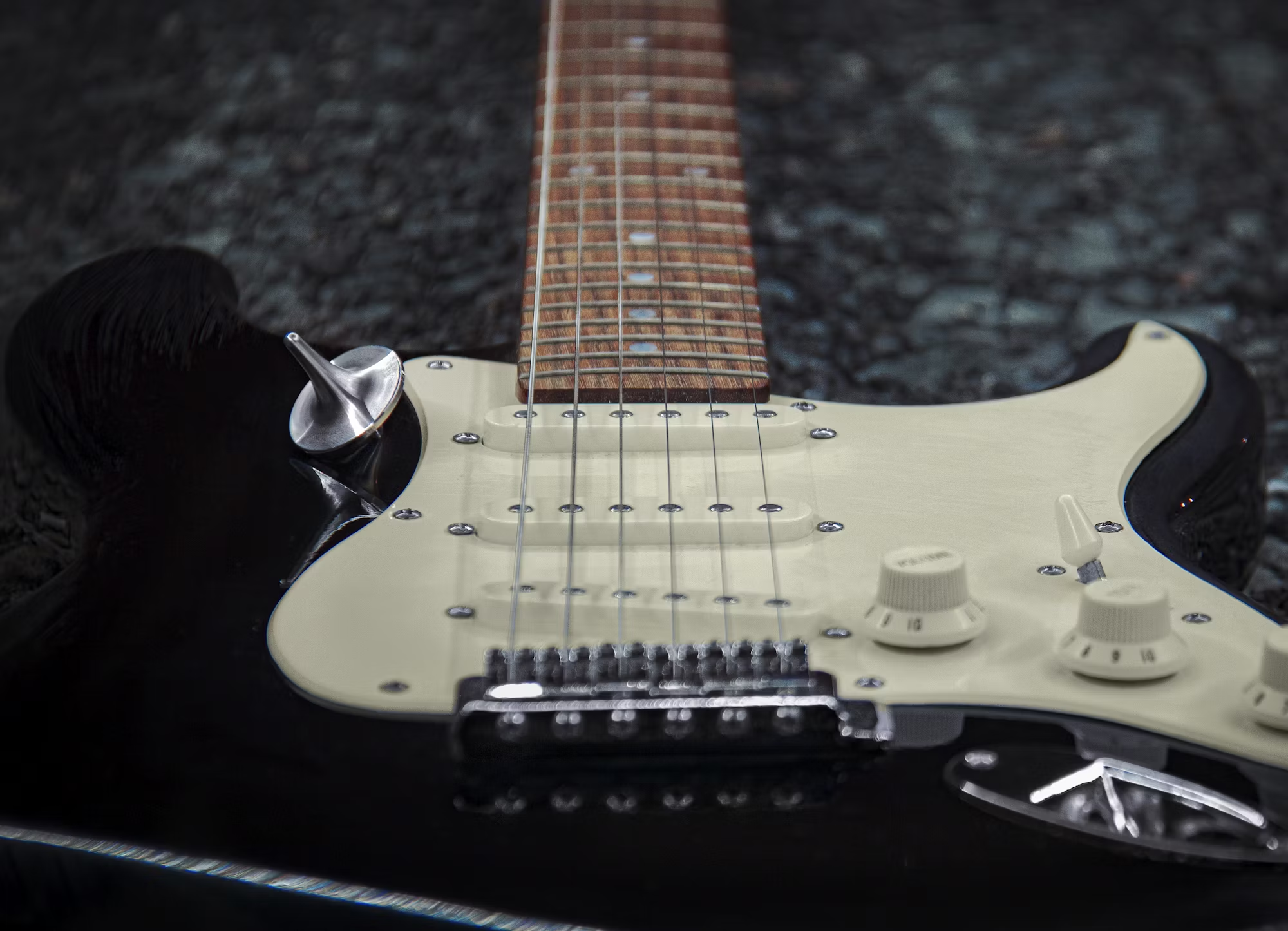Fingerstyle guitar is a captivating technique that showcases the instrument’s versatility and richness. Unlike traditional strumming, fingerstyle allows musicians to play melody, harmony, and rhythm simultaneously, creating a lush, textured sound. This method is not only popular in folk and classical music but has also found its way into various genres, including jazz, rock, and pop. In this article, we will explore the techniques, inspirations, and prominent artists that have shaped the world of fingerstyle guitar.
At the heart of fingerstyle guitar lies the use of individual fingers to pluck the strings directly, rather than using a pick. This approach enables players to achieve a greater range of dynamics and expressiveness. Each finger typically has its designated strings: the thumb handles the bass notes, while the index, middle, and ring fingers play the melody and chords. This separation allows for intricate patterns and rhythms, giving the player a level of control that is hard to achieve with a pick.
One of the foundational techniques in fingerstyle is the Travis picking pattern, named after guitarist Merle Travis. This technique alternates between the bass notes played with the thumb and the melody notes plucked by the fingers, creating a flowing and rhythmic sound. Many fingerstyle guitarists incorporate this pattern into their playing, as it adds depth and movement to their arrangements. Learning to master the Travis picking pattern is essential for anyone looking to delve into the world of fingerstyle guitar.
Another important technique is harmonics, which involves lightly touching the strings at specific points to produce bell-like tones. Harmonics can add a beautiful, ethereal quality to fingerstyle performances. By combining harmonics with traditional fingerpicking patterns, guitarists can create captivating soundscapes that evoke strong emotions. Experimenting with different harmonic techniques can open up new possibilities for creativity and expression.
As fingerstyle guitar has evolved, many contemporary musicians have contributed their unique flair to the genre. Artists such as Tommy Emmanuel and Andy McKee have popularized fingerstyle through their innovative compositions and virtuosic playing. Emmanuel, an Australian guitarist, is known for his ability to blend various styles, incorporating elements of jazz, blues, and classical music into his performances. His energetic stage presence and technical prowess have inspired countless musicians to explore fingerstyle guitar.
Similarly, Andy McKee has garnered a significant following through his captivating compositions that often feature tapping and percussive elements. His piece “Drifting” became a viral sensation, showcasing the limitless possibilities of fingerstyle guitar. By using alternative tunings and unique playing techniques, McKee demonstrates how fingerstyle can evolve and adapt, pushing the boundaries of traditional guitar music.
Beyond individual techniques, fingerstyle guitar often draws inspiration from various musical traditions. Folk music, with its rich storytelling heritage, has long embraced fingerstyle as a means of expressing heartfelt narratives. Artists like Nick Drake and John Fahey have left an indelible mark on the genre, using fingerstyle to convey complex emotions through their songs. Drake’s haunting melodies and Fahey’s intricate arrangements exemplify how fingerstyle can serve as a powerful storytelling tool.
In addition to folk, fingerstyle guitar also flourishes in classical music. Composers like Francisco Tárrega and Manuel de Falla have written significant works for the guitar, emphasizing fingerstyle techniques. Tárrega’s compositions, such as “Recuerdos de la Alhambra,” highlight the beauty of tremolo and arpeggios, while de Falla’s pieces incorporate flamenco influences, showcasing the guitar’s rhythmic capabilities. Studying these classical works can provide aspiring fingerstyle guitarists with a solid foundation and a deeper understanding of the instrument’s potential.
The emotional depth of fingerstyle guitar is a hallmark of the technique. The ability to convey complex feelings through melody and harmony sets fingerstyle apart from other guitar methods. The combination of technical proficiency and emotional expression allows players to connect with their audience on a profound level. Many guitarists find that the introspective nature of fingerstyle leads to personal growth and self-discovery.
To develop one’s fingerstyle abilities, consistent practice is essential. Setting aside time each day to focus on finger independence and dexterity can yield significant results. Incorporating exercises that target each finger can help build strength and coordination. Additionally, practicing with a metronome can improve timing and rhythmic accuracy, essential components of effective fingerstyle playing.
Listening to a variety of fingerstyle guitarists can also provide inspiration and insight. By analyzing their techniques, phrasing, and song structures, musicians can expand their repertoire and develop their own unique style. Attending live performances or watching online tutorials can enhance understanding and motivate continued practice.
Collaborative opportunities often arise within the fingerstyle community, encouraging musicians to share their ideas and experiences. Joining local music groups or online forums can foster a sense of camaraderie among players, leading to valuable exchanges of knowledge. These interactions can inspire new compositions and foster creativity, as musicians learn from one another’s techniques and styles.
In conclusion, fingerstyle guitar is a dynamic and expressive form of musical expression that invites players to explore its intricacies and possibilities. By mastering essential techniques, drawing inspiration from various musical traditions, and embracing the emotional depth it offers, guitarists can unlock their full potential. As the fingerstyle community continues to grow, its influence on contemporary music remains profound, inspiring a new generation of musicians to pick up the guitar and share their stories through this beautiful art form.
